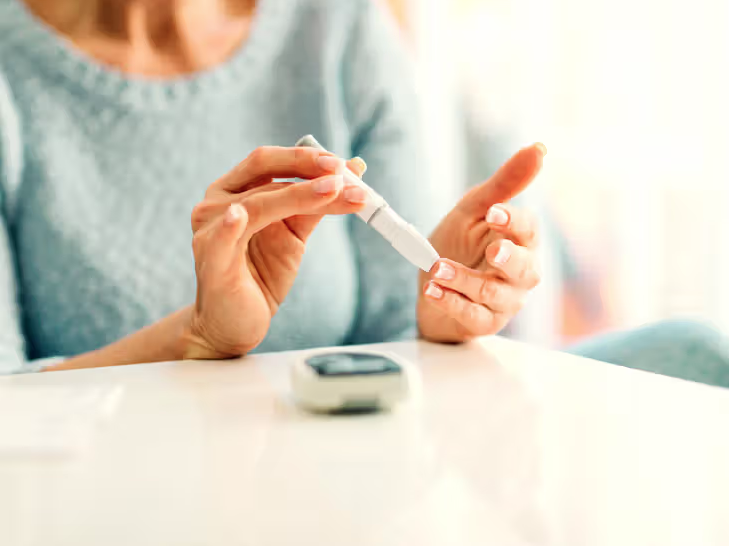Recent studies reveal that certain popular diabetes drugs may increase fall risk in Type 2 Diabetes (T2D) patients. Learn about the medications involved, associated risks, and strategies to mitigate these concerns.
Type 2 Diabetes (T2D) management often involves medications to regulate blood sugar levels. However, emerging research indicates that some commonly prescribed diabetes drugs may elevate the risk of falls, particularly among older adults. Understanding these risks is crucial for both patients and healthcare providers to make informed treatment decisions.

Understanding the Link Between Popular Diabetes Drugs Medications and Fall Risk
Falls are a significant concern for individuals with T2D, as they can lead to serious injuries and complications. Several factors contribute to this increased risk, including:
- Hypoglycemia: Low blood sugar levels can cause dizziness, confusion, and weakness, leading to falls.
- Polypharmacy: Taking multiple medications can increase the likelihood of drug interactions and side effects that affect balance and coordination.
- Neuropathy: Nerve damage associated with diabetes can impair sensation in the feet, affecting stability.
Recent studies have focused on how specific diabetes medications contribute to fall risk.
Sulfonylureas and Increased Fall Risk
Sulfonylureas are a class of drugs that stimulate insulin release from the pancreas. While effective in lowering blood glucose, they have been associated with an increased risk of hypoglycemia. A study published in the Journal of the American Geriatrics Society found that nursing home residents initiating sulfonylurea therapy had a higher incidence of falls, particularly among those with moderate limitations in daily activities .Verywell HealthPubMed+1PMC+1
Another meta-analysis indicated that sulfonylurea use in elderly patients (≥65 years) with T2D increased the risk of fractures by 26% . These findings suggest that sulfonylureas should be prescribed cautiously in older adults.PubMed+1PubMed+1
Insulin Therapy and Fall Risk
Insulin therapy is essential for many T2D patients but carries a significant risk of hypoglycemia. A systematic review and meta-analysis revealed that older adults with T2D on insulin therapy had a 162% higher chance of falling compared to non-insulin-treated patients . This underscores the importance of careful monitoring and individualized dosing in insulin-treated patients. BioMed Central

SGLT2 Inhibitors: A Safer Alternative?
Sodium-glucose cotransporter-2 (SGLT2) inhibitors are a newer class of diabetes medications that lower blood sugar by promoting glucose excretion in urine. Interestingly, a European pharmacovigilance analysis found that SGLT2 inhibitors were associated with a lower reporting probability of falls compared to DPP-4 inhibitors .Frontiers
However, within the SGLT2 class, certain drugs like canagliflozin have shown a slightly increased risk of fractures in some studies . Therefore, while SGLT2 inhibitors may pose a lower fall risk, individual drug profiles and patient characteristics must be considered.Daily Medical News
Polypharmacy and Fall Risk
Managing T2D often involves multiple medications, increasing the complexity of treatment regimens. A study from the Diabetes and Aging Study found that patients prescribed four or more medications had a higher incidence of falls . This highlights the need for regular medication reviews to minimize unnecessary polypharmacy.PMC
Strategies to Mitigate Fall Risk
To reduce the risk of falls in T2D patients:
- Regular Medication Review: Assess the necessity of each medication, especially those known to cause hypoglycemia.
- Monitor Blood Glucose Levels: Frequent monitoring can help detect and prevent hypoglycemic episodes.
- Educate Patients: Inform patients about the signs of hypoglycemia and the importance of adherence to prescribed regimens.
- Physical Activity: Encourage exercises that improve balance and strength.
- Home Safety Assessments: Identify and mitigate fall hazards in the patient’s living environment.PMC


